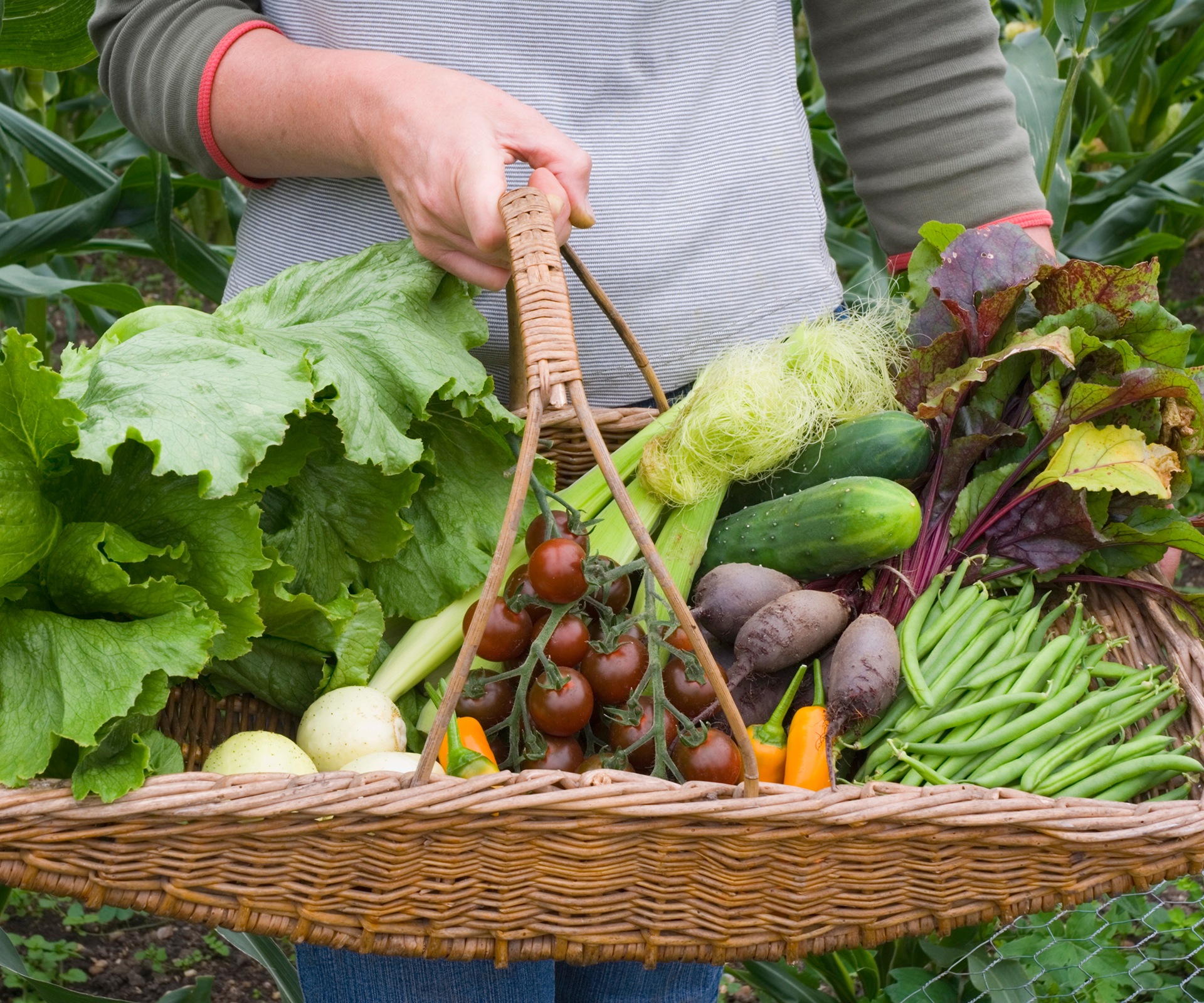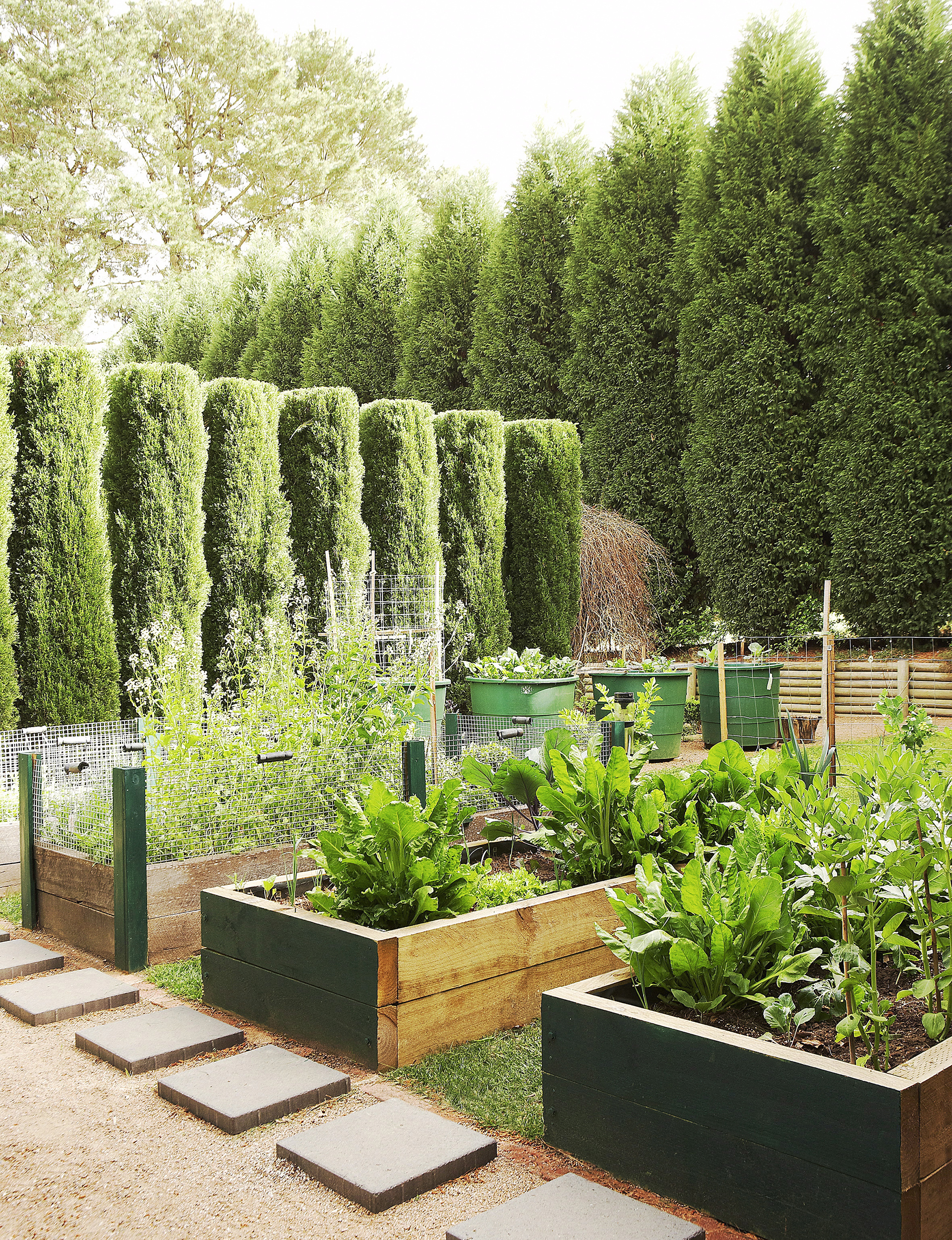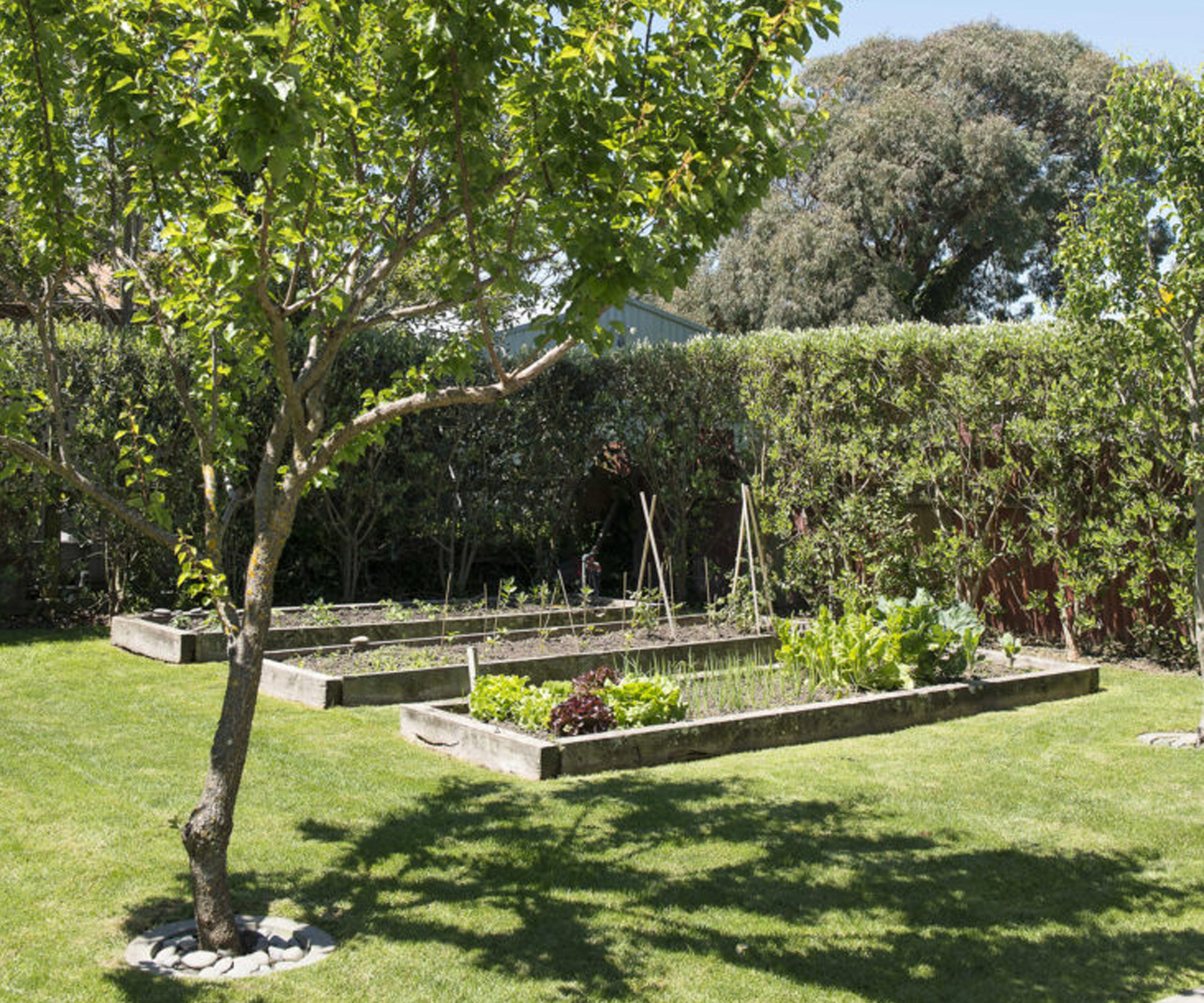This month you should be harvesting your carrots, sowing the seeds for your summer veges and planting asparagus. Scroll down for the complete list of August garden tasks
Harvest
Deciding when to harvest carrots is a matter of how sweet you like them, with young carrots the most tender and sweet. Don’t leave it too late to pick your carrots; if foliage begins to die down, get out the garden fork. Position fork carefully, loosen soil and take care not to damage roots. In dry weather, watering the carrot patch first makes it easier to harvest.
Nutritious kale is best picked just after the first frost for best flavour. Choose firm, dark leaves for cooking and smaller leaves for salads. Eat as soon as possible after picking. Pick the outer leaves or the whole plant; young flower buds are also delicious in stir-fries and salads.
To keep rocket plants producing plenty of leaves, always trim off flower buds. These too are great in stir-fries and salads.
Sow
If you love eggplant, now is the time to sow seed in a warm spot indoors. Once sprouted, thin out seedlings and feed weekly with liquid fertiliser for 4 weeks. Transplant into larger pots in a warm, sunny spot. By November they should be ready to be moved outside into the garden.
Seed for summer veges such as beans, tomato, cucumber, capsicum and chillies can be sown into trays in warmer areas if kept under cover or in a warm spot. Transplant into pots when seedlings have 2 sets of leaves; turn regularly to ensure even sunlight. Plant outside in spring.
Chives can be sown directly into the ground or containers now. Make sure soil is free-draining and the aspect is sunny. Chives are hardy, easy-care, can be grown throughout the year, have pretty flowers in summer and can be used in virtually any style of cooking.
Keep sowing cabbages, cauliflower, broad beans and leafy greens like spinach (in frost-free areas). For something a little different, try the red-seeded broad bean, an heirloom variety said to be sweeter than the traditional bean.
Radishes can be sown all year round, provided ground is not too wet. Use them to fill bare spots in the vege garden or let the kids sow seed into containers. Soil should be light and fertile for best crops.
Plant
Kalettes, a cross between Brussels sprouts and kale, are better suited to warmer areas than Brussels sprouts and there’s still time to plant seedlings into fertile garden beds in those areas. In colder regions, sow seed indoors and plant out after the last frost.
For a highly nutritious and tasty alternative to lettuces, try planting some cold-tolerant salad greens such as mizuna, rocket and radicchio. Choose a sunny spot with moist, well-drained soil or grow in containers.
Where soil is beginning to warm up you can plant early potatoes such as Jersey Bennes and Agria. Give your spuds a head start by chitting (sprouting) them first. Lay them in an egg carton or box and leave them in a warm, dry spot out of the sun for 1-2 weeks.
You can sow or plant broccoli, cabbage, celery, silverbeet, peas and onions into the garden in sheltered places. Use seed trays if you live in a frost-prone area.
Asparagus needs its own bed so if you have the space, give this delicious vege a try. You need about 10 asparagus crowns for a good crop, with about 40cm between each plant. Feed soil with lots of compost, manure and
an all-purpose fertiliser well before planting. Well-drained soil in a sunny spot is ideal.
Tip: Mint grows easily from cuttings – simply cut a piece about 8cm long from the top growth of plants. Remove lower leaves and pop into a glass on your windowsill. Change water regularly until roots form then pot into a container near the back door. Containers are best for mint as it tends to take over any garden beds it occupies.
Words by: Carol Bucknell. Photography by: Bauersyndication.com.au.
EXPERT PROJECTS

Create the home of your dreams with Shop Your Home and Garden
SHOP NOW














